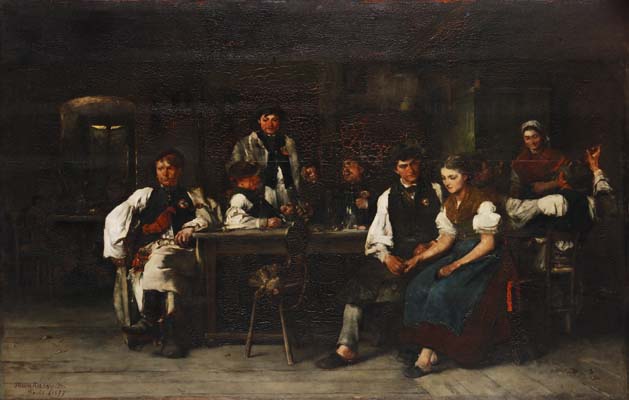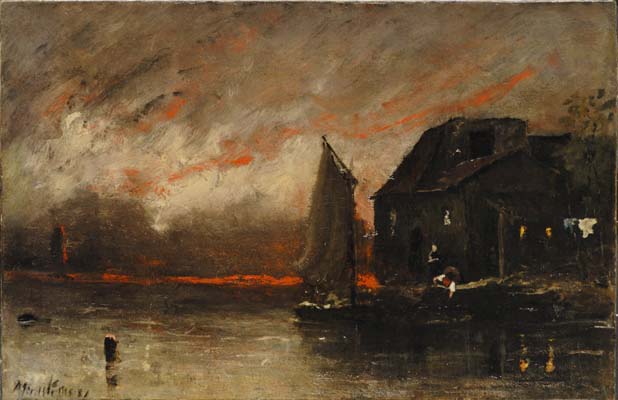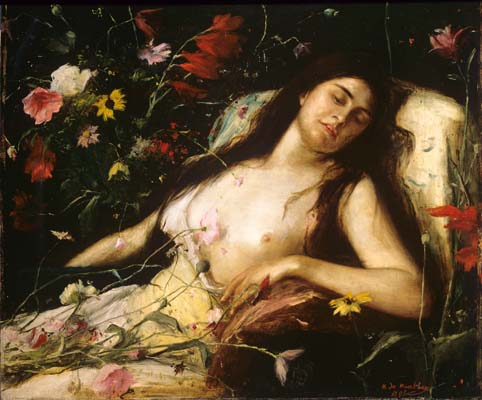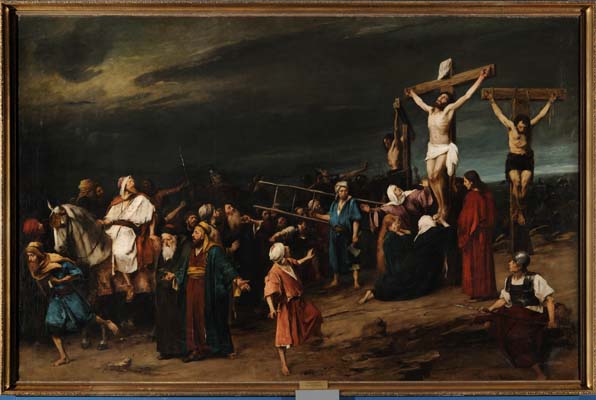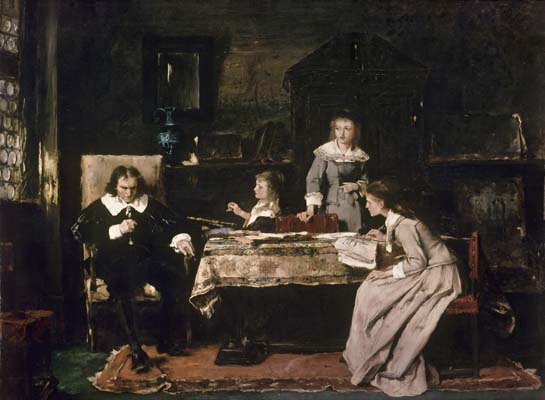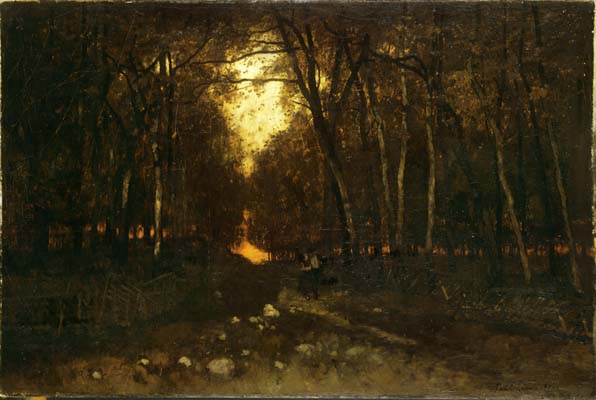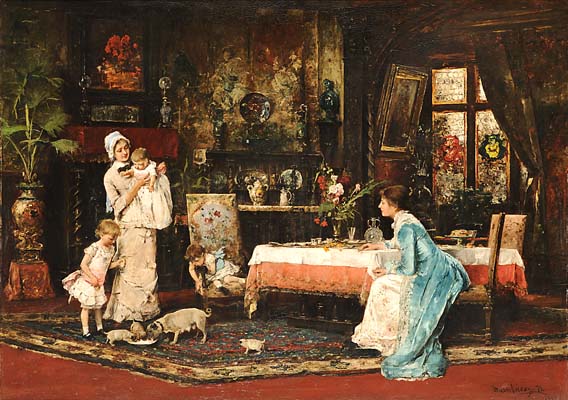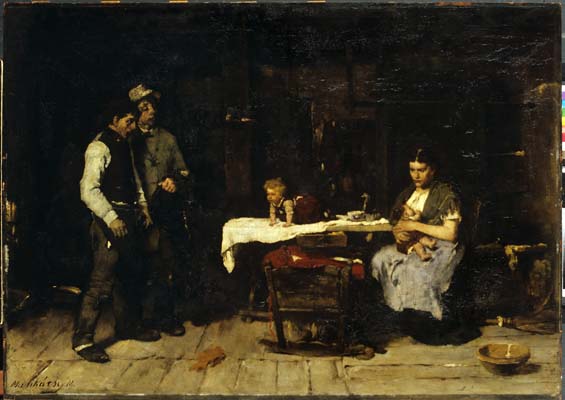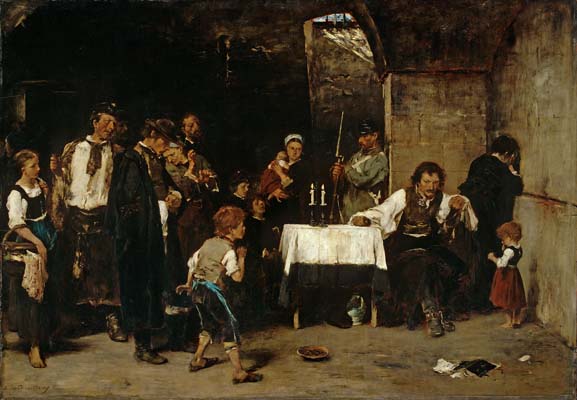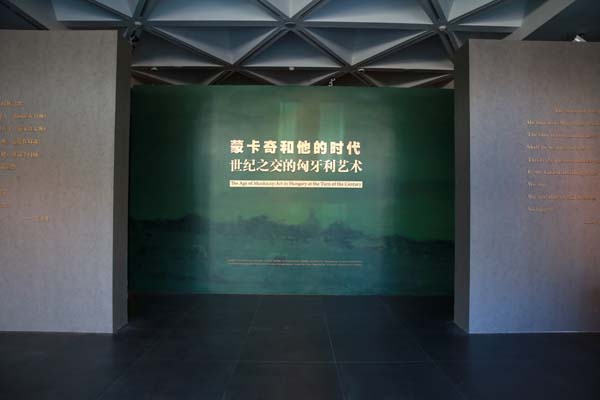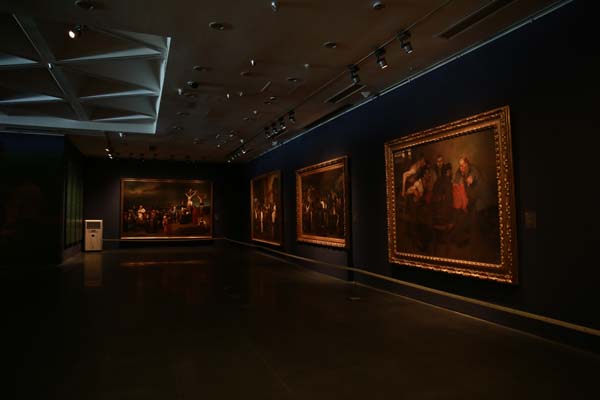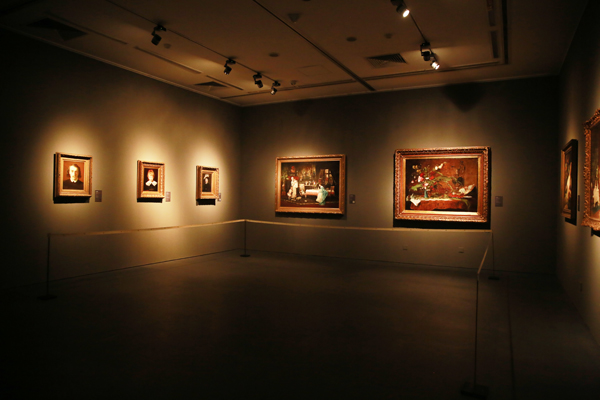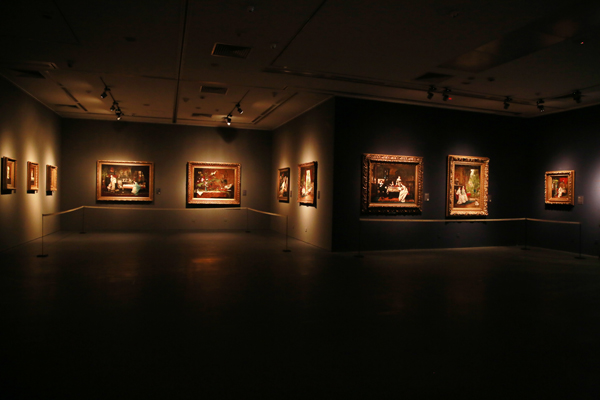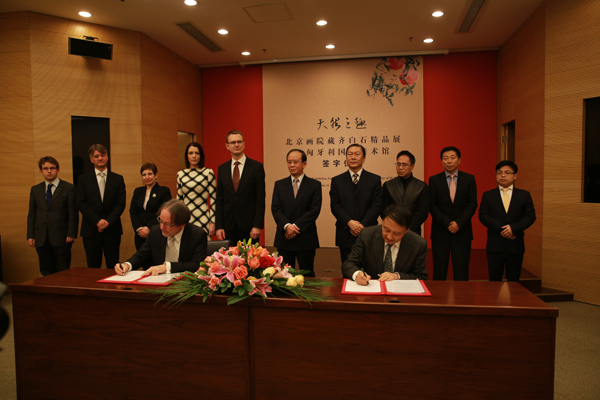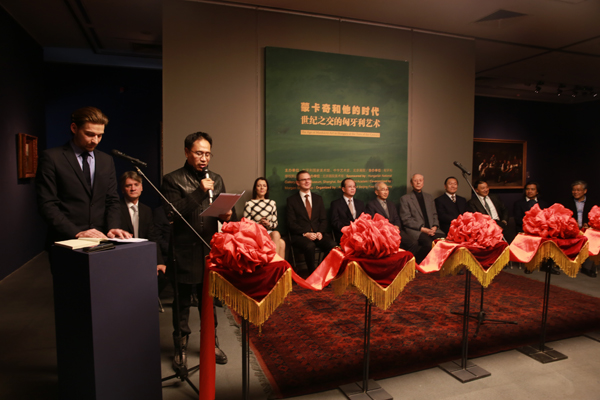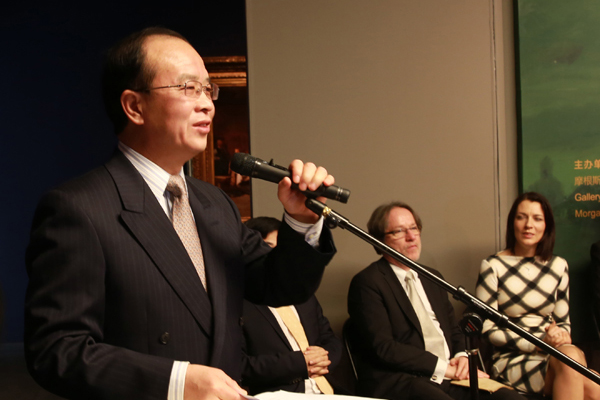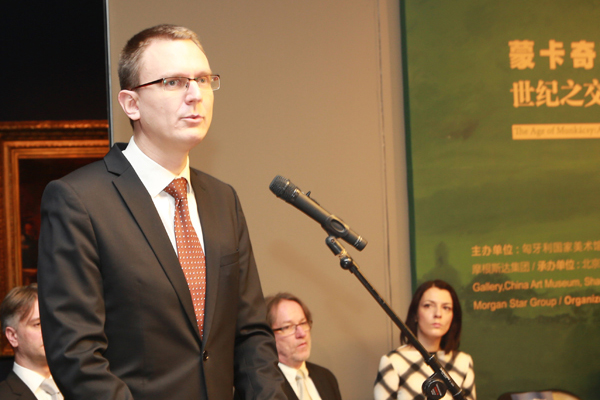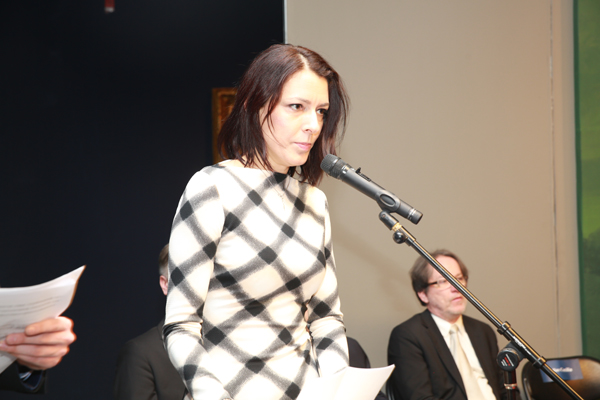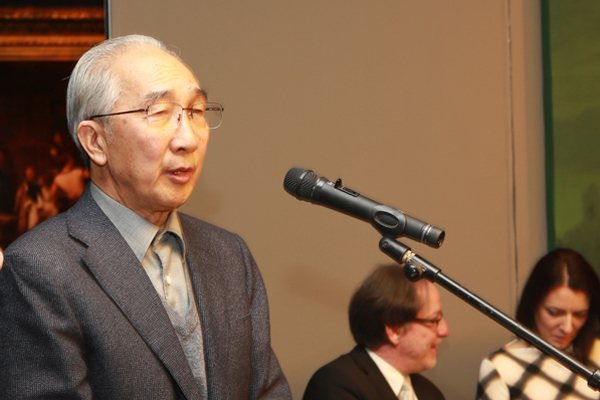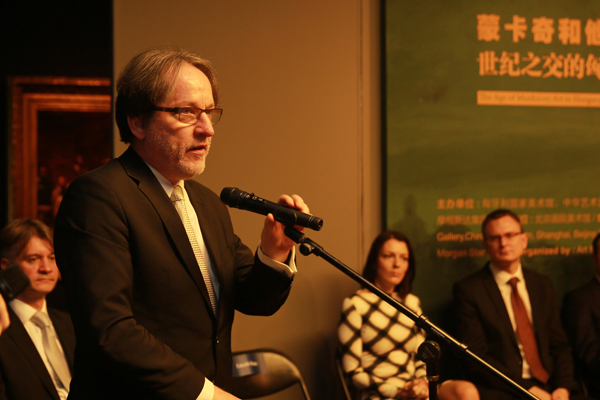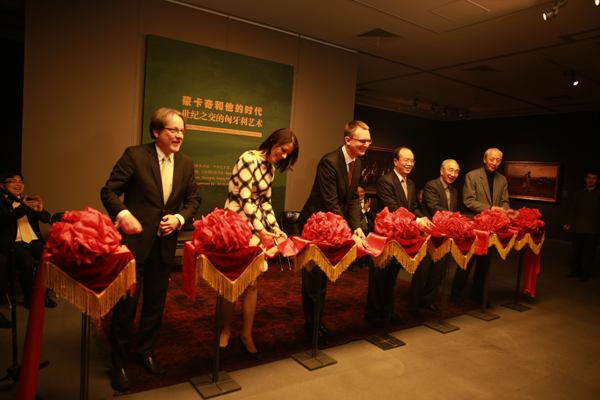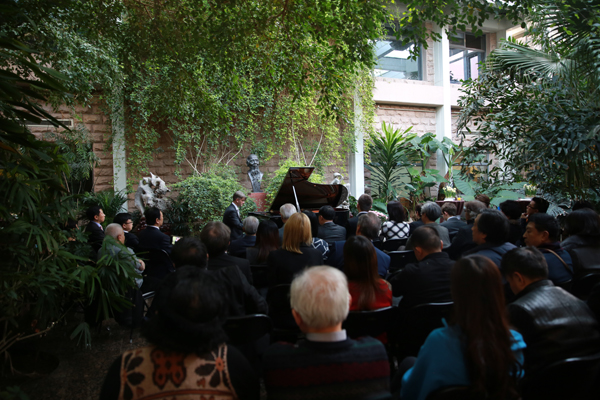The Age of Munkácsy: Art in Hungary at the Turn of the Century
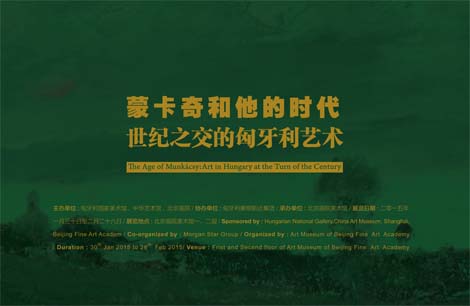
- show time:2015-01-30 to 2015-02-28
- Organizer:Hungarian National Gallery, China Art Museum(Shanghai), and Beijing Fine Art Academy
- venue:1st and 2nd floor of Art Museum of Beijing Fine Art Academy
“The Age of Munkácsy: Art in Hungary at the Turn of the Century” exhibition is co-organized by Hungarian National Gallery, China Art Museum(Shanghai), and Beijing Fine Art Academy. The exhibition will be exhibited on the first and second floor of the exhibition hall of Art Museum of Beijing Fine Art Academy, 51 oil paintings will be displayed in the exhibition.
Munkácsy Mihály(1844—1900) in one of the most influential artists in Europe, and he was be recognized as the greatest artist in Hungary because of his critical realism painting style. These paintings shown in this exhibition were exhibited in China Art Museum (Shanghai) in 2014, and that exhibition was a huge success. In order to let audience of capital enjoy the excellent art of Munkácsy, researchers of Art Museum of Beijing Fine Art Academy elected 51 works from Hungarian National Gallery and the exhibition will open this month.
The art memories of half a century return again
Munkácsy was born in east of Hungary in 19th century, he has special understanding of life because of his rough childhood destiny and rich school experience, and his famous realism works show his strong emotion. Many of Munkácsy’s works are dramatic, such as Prisoner has far-reaching influence. In the 50s of last century, Munkácsy’s works were showed in Beijing and Shanghai, this exhibition has great influence on Chinese realism art and leads to general reflection on the creation of themes and forms in the art world. Now, Chinese art world are facing a problem of value judgment in the area of history painting and realism art. More than 50 years later, Munkácsy’s works come to China again, no matter in the history or realistic meaning, this exhibition will exert great influence on Chinese thematic painting.
Reappearing “The Age of Munkácsy” in all aspects
This exhibition shows the art of Hungary at the turn of 19 century and 20 century, and exhibits the representative masterpiece of Munkácsy and other Hungarian artists. The Last Day of the Condemned PrisonerⅡ won the gold award in Paris Salon in 1870. This painting described a farmer hero who was clenching his hands with a Bible beside his feet. Many people come to visit him, including his crying wife, farmers in silence, anxious teachers, astonished workers, the scene truly reflects the 1860s Hungarian society reality. Another work Strike (1895) also will be showed in the exhibition. The significant meaning of this painting is that it reflected the struggle of modern Hungary worker at the first time. The impressive figures of waking worker are described vividly in the painting, a worker is making a speech to promote striking and listeners are excited, but there also several workers are hesitating. This is a outstanding realism work.
The exhibition is divided into five parts based on Munkácsy’s art style and the various art style of Hungary at the turn of the century: 1, struggle in the daily life------realism rural theme paintings of Munkácsy Mihály; 2, the inspiration comes from the Barbizon School------landscapes of Munkácsy Mihály and Paál László; 3, the world of Paris Salon------the salon paintings, portraits and still life paintings of Munkácsy Mihály; 4, local world at the turn of the century------follow the footsteps of Munkácsy Mihály’s realism painting tradition; 5, the time of impressionism------outdoor light school of Hungarian Art. These works show the art achievements of Munkácsy Mihály and his followers at the turn of 19th century and 20th century.
When Munkácsy Mihály was a teenager, he was inspired by revolutionary poet Petőfi, and later he was influenced by romantic pianist Franz Liszt. Therefore, we use the poems of Petőfi and piano music of Franz Liszt in the exhibition to help audiences have better understanding of the cultural background of Hungary in 19th century.
Artistic exchanges promote the cultural dialogue between the two countries.
Qi Baishi is one of the most famous Chinese artists in 20th century, and Munkácsy Mihály is a great realism artist in Europe in 19th century. This time, Art Museum of Beijing Fine Art Academy cooperates with Hungarian National Gallery for the first time to promote the cultural exchange between two countries. “The Age of Munkácsy: Art in Hungary at the Turn of the Century” exhibition which shows the works of Munkácsy collected in Hungarian National Gallery will be held in January this year. In April, the works of Qi Baishi collected by Beijing Fine Art Academy will be displayed in the exhibition named “Fascination of Nature----Selected Paintings of Qi Baishi from Beijing Fine Art Academy” in Budapest. We believe that these exhibitions will accelerate the cultural communication between China and Hungary greatly.
Time: 30th Jan 2015------28th Feb 2015
Venue: first and second floor of Art Museum of Beijing Fine Art Academy
